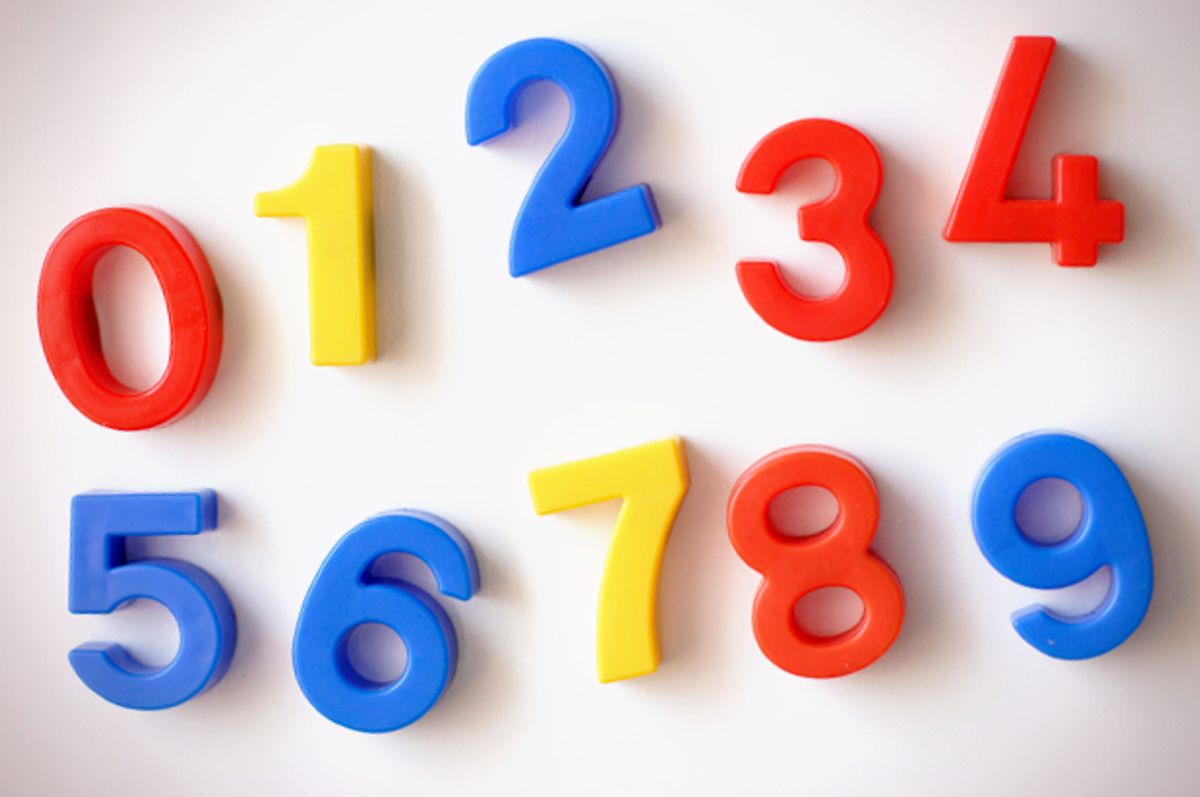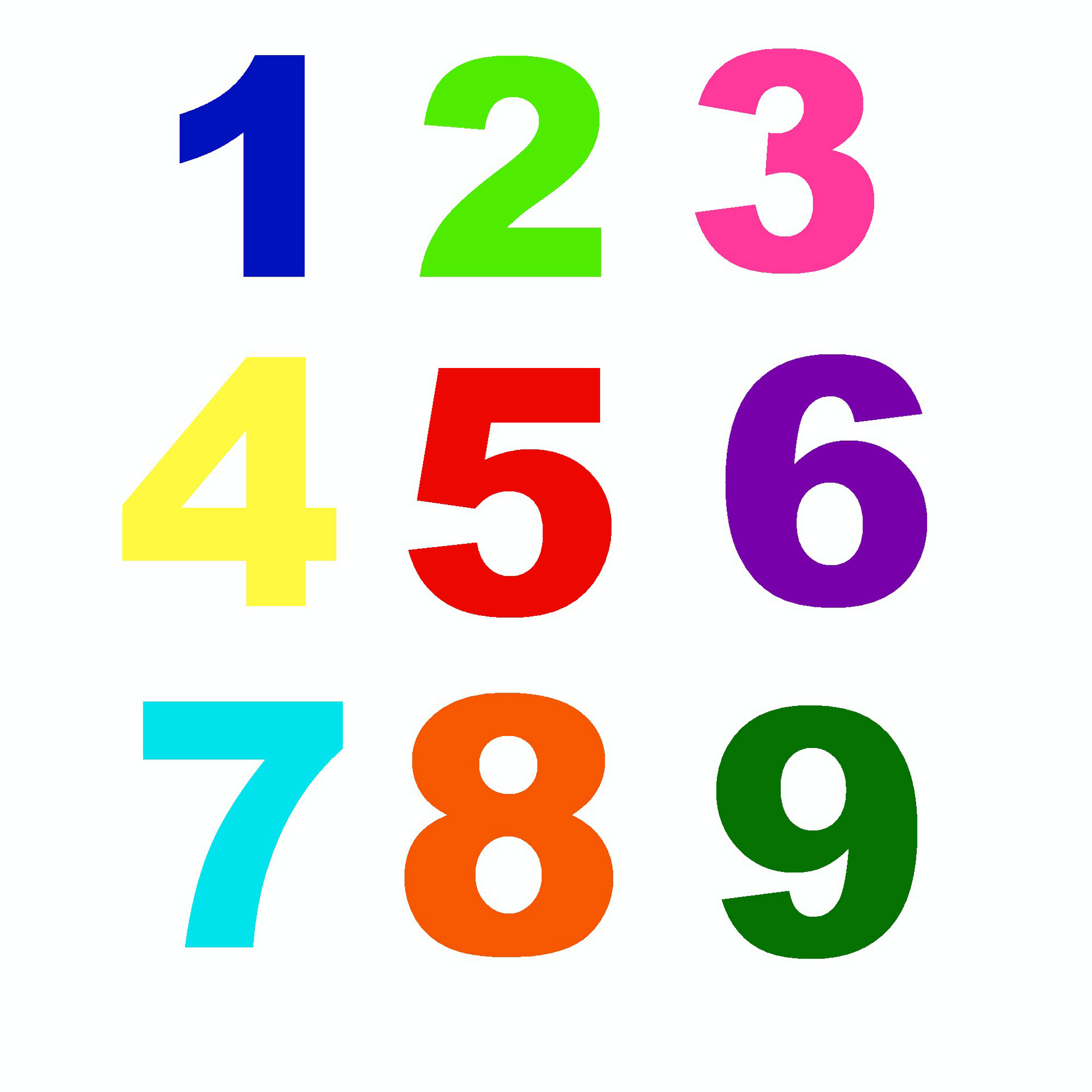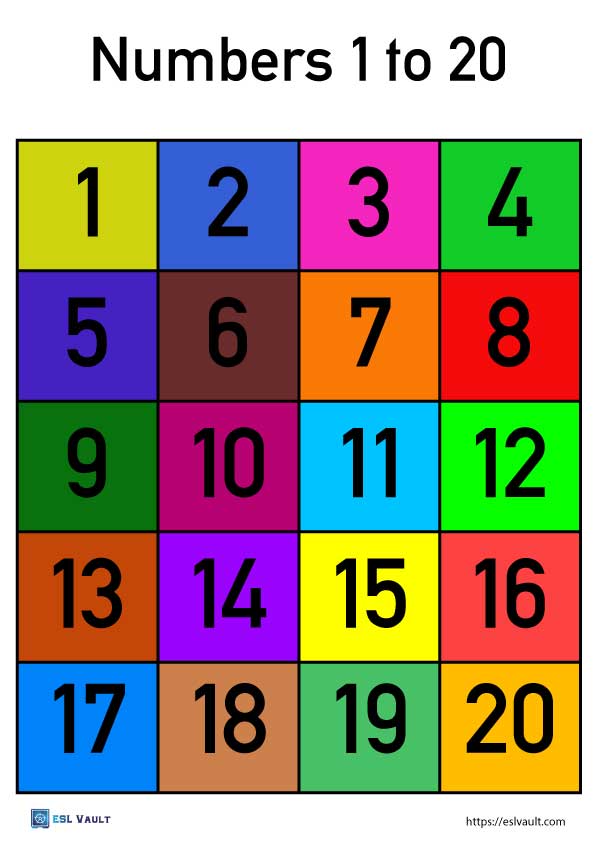When we consider the religious makeup of nations, it's quite something to think about how faith shapes a place, isn't it? Iran, for instance, is a country where the spiritual life of its people is very much at the core of its identity. We're talking about a place where, for many, their daily existence and cultural expressions are deeply woven with Islamic traditions. It's a significant aspect of what makes Iran, well, Iran, and so, understanding the role and presence of its Muslim inhabitants offers a clearer picture of the country itself.
For those curious about the demographics, particularly the number of Muslims in Iran, it's a topic that often sparks interest. You know, sometimes, we hear snippets of information, but getting a more complete idea of the religious landscape can be quite helpful. It helps us appreciate the cultural fabric and, in a way, the collective spirit of a nation where, basically, the vast majority of people identify with Islam.
This discussion aims to shed some light on that very subject, giving you a bit of insight into the significant presence of Islam within Iran's borders. We'll explore what that means for the country, its people, and the broader picture of religious belief there. It's almost like peering through a window to see a bit more clearly, isn't it?
Table of Contents
- What is the predominant faith in Iran?
- How does the number of Muslims in Iran shape its culture?
- Historical Roots of Islam in Iran
- Is the number of Muslims in Iran primarily Shia or Sunni?
- Daily Life and the Muslim Population
- What are the spiritual practices of the number of Muslims in Iran?
- Minority Faiths Alongside the Number of Muslims in Iran
- Looking Ahead - What might affect the number of Muslims in Iran?
What is the predominant faith in Iran?
When you consider Iran, it's pretty clear that Islam stands as the overwhelmingly dominant belief system there. This isn't just a casual observation; it's a fundamental truth about the nation's makeup. Practically every person, in fact, who lives within its borders identifies as Muslim, creating a society where Islamic principles and customs are deeply embedded into almost every facet of public and private existence. It's quite a powerful force, shaping everything from legal structures to everyday social interactions, and so, this widespread adherence really sets the tone for the country.
The sheer prevalence of Islam means that the country's national holidays, its educational curriculum, and even its art and architecture are very much influenced by Islamic thought and history. You know, it's not just a religion; it's a way of life that touches nearly everything. This widespread acceptance and practice of Islam is, in a way, one of the defining characteristics of modern-day Iran, making it a place where the echoes of faith are heard, seen, and felt everywhere you go.
How does the number of Muslims in Iran shape its culture?
The vast number of Muslims in Iran has, quite naturally, sculpted the nation's culture in profound ways. Think about it: when nearly an entire population shares a common spiritual outlook, that outlook becomes the very foundation of their collective identity. This means that Persian culture, with its rich history and traditions, is inextricably linked with Islamic teachings. For instance, the traditional calendar follows Islamic dates, and the daily rhythm of life for many is marked by calls to prayer, which is just kind of how things are there.
From the beautiful patterns found in Persian rugs to the intricate designs of mosques and historical buildings, you can pretty much see the influence of Islamic art and architecture everywhere. It's not just about buildings, though; even the literature and poetry, which Iran is very famous for, often draw heavily from Islamic themes, stories, and moral lessons. So, in a way, the sheer number of Muslims in Iran has created a cultural landscape where faith and heritage are truly one and the same, making it a very distinct and unique place.
Historical Roots of Islam in Iran
To really grasp the current number of Muslims in Iran, it helps to glance back at history. Islam didn't always hold the primary position it does today. Before the seventh century, the dominant faith in Persia, as Iran was then known, was Zoroastrianism, a very ancient monotheistic religion. However, with the arrival of Muslim Arab armies in the mid-seventh century, a significant transformation began. Over several centuries, the region gradually embraced Islam, though not without its own unique adaptations and interpretations.
The conversion was a complex process, involving military conquests, trade, and the appeal of the new faith's social and ethical principles. What's interesting, in fact, is that while many adopted Islam, they often retained elements of their Persian identity and culture, leading to a distinct form of Islamic practice that differed from other parts of the Arab world. This historical journey is quite fascinating and, in some respects, truly shows how deeply rooted Islam became in the land, setting the stage for the substantial number of Muslims in Iran we observe today.
Is the number of Muslims in Iran primarily Shia or Sunni?
When we talk about the number of Muslims in Iran, it's really important to understand that the vast majority belong to a specific branch of Islam: Shia Islam. This is a crucial distinction, as it sets Iran apart from many other Muslim-majority nations, where Sunni Islam is more prevalent. For instance, Iran stands as the largest Shia-majority country in the world, and this particular adherence has profound implications for its political system, its religious institutions, and its cultural identity, too.
The official state religion of Iran, as a matter of fact, is Twelver Shia Islam, and this has been the case since the Safavid dynasty made it so in the early 16th century. This historical decision fundamentally shaped the religious landscape, leading to the overwhelming number of Muslims in Iran identifying as Shia today. While there are, of course, Sunni Muslim minorities and followers of other faiths present, the Shia identity is, basically, the defining characteristic of the country's religious demographic, influencing everything from jurisprudence to public ceremonies.
Daily Life and the Muslim Population
For the average person in Iran, daily life is, in many ways, intertwined with Islamic customs and observances. The routine of the day often includes the five daily prayers, and during the holy month of Ramadan, fasting from dawn till dusk is a widely observed practice. You know, these aren't just personal spiritual acts; they're communal experiences that bring people together and reinforce shared values. It's kind of like a collective rhythm that everyone understands and, for the most part, participates in.
Public spaces, like markets and schools, reflect this religious influence, too. Modest dress codes are common, and many businesses observe prayer times. Even the public discourse and media often reference Islamic teachings and figures, which is just how things are there. This pervasive presence of faith in everyday routines truly highlights how central Islam is to the lives of the significant number of Muslims in Iran, making it a very visible and tangible part of the national experience.
What are the spiritual practices of the number of Muslims in Iran?
The spiritual practices among the number of Muslims in Iran are quite varied, yet they share a common foundation in Islamic principles. Beyond the regular prayers and fasting during Ramadan, many individuals also observe various religious ceremonies and commemorations throughout the year. For example, Ashura, which remembers the martyrdom of Imam Hussein, is a very significant period of mourning and reflection, marked by processions and dramatic re-enactments. It's a deeply emotional and unifying experience for many Shia Muslims.
Pilgrimages to holy shrines, particularly to the tomb of Imam Reza in Mashhad, are also very common and deeply cherished spiritual journeys for many. People travel great distances, in fact, to seek blessings and spiritual solace at these sacred sites. Additionally, charitable giving, known as zakat, and acts of kindness are considered essential components of a devout life. So, in a way, the spiritual life of the number of Muslims in Iran involves a rich tapestry of personal devotion, communal rituals, and acts of social responsibility, making their faith a very active part of their lives.
Minority Faiths Alongside the Number of Muslims in Iran
While the number of Muslims in Iran is overwhelmingly high, it's also worth remembering that the country is home to several recognized religious minorities. These groups, though small in comparison to the Muslim population, have their own distinct histories and communities within Iran. For instance, there are Christian communities, primarily Armenians and Assyrians, who have lived in Iran for centuries. They have their own churches and, in some respects, maintain their unique cultural traditions.
Additionally, there are Zoroastrians, who represent a continuation of Iran's ancient pre-Islamic heritage, and also Jewish communities, which are among the oldest in the world. These recognized minorities have certain protected rights under the Iranian constitution, including the right to worship and, in some cases, even have their own representatives in parliament. So, while Islam is clearly the dominant faith, the presence of these other religious groups adds a bit of diversity to Iran's spiritual landscape, creating a more complex picture than just the sheer number of Muslims in Iran might suggest.
Looking Ahead - What might affect the number of Muslims in Iran?
Considering the future, it's interesting to think about what might influence the number of Muslims in Iran or, perhaps more accurately, the nature of religious observance there. Demographic trends, like birth rates and migration, naturally play a part in population figures, as they do in any country. However, broader societal shifts, such as urbanization, access to information, and evolving global influences, could also subtly shape how faith is practiced and perceived by future generations. You know, things are always changing, aren't they?
Economic conditions and social policies could also have an impact on how people engage with religious institutions and traditions. For instance, changes in educational approaches or increased exposure to diverse viewpoints might lead to different interpretations of religious teachings among younger people. So, in a way, while the overwhelming number of Muslims in Iran is likely to remain a constant for the foreseeable future, the specific ways in which people express their faith might, basically, continue to evolve over time, which is just kind of how societies work.
To sum up, we've explored the significant presence of Islam in Iran, noting its deep historical roots and its pervasive influence on culture and daily life. We touched upon the predominant Shia identity within the Muslim population and also acknowledged the smaller, yet enduring, presence of religious minorities. Finally, we considered some factors that might shape the future of religious practice in the nation. It's clear that the number of Muslims in Iran is not just a statistic, but a fundamental aspect of the country's identity.
Related Resources:



Detail Author:
- Name : Alden Murray
- Username : greenholt.katlyn
- Email : abbie.rippin@trantow.net
- Birthdate : 1981-07-27
- Address : 770 Reichel Mission Apt. 097 Tarashire, AR 38646-5246
- Phone : 539-507-6264
- Company : Mills, Schaden and Ratke
- Job : Audio and Video Equipment Technician
- Bio : Et sed deleniti sit eveniet debitis placeat. In pariatur autem aliquam. Ut illum tenetur nisi aliquid voluptas hic ut. Maiores id quisquam praesentium repudiandae sit. Velit ut ea suscipit ut et.
Socials
linkedin:
- url : https://linkedin.com/in/boyles
- username : boyles
- bio : Saepe repudiandae aut ipsa qui.
- followers : 3890
- following : 2786
twitter:
- url : https://twitter.com/sboyle
- username : sboyle
- bio : Est occaecati inventore et consequatur odio ut. Ipsa sapiente ex et nobis. Qui illo incidunt eaque nihil placeat aut accusamus.
- followers : 3856
- following : 623